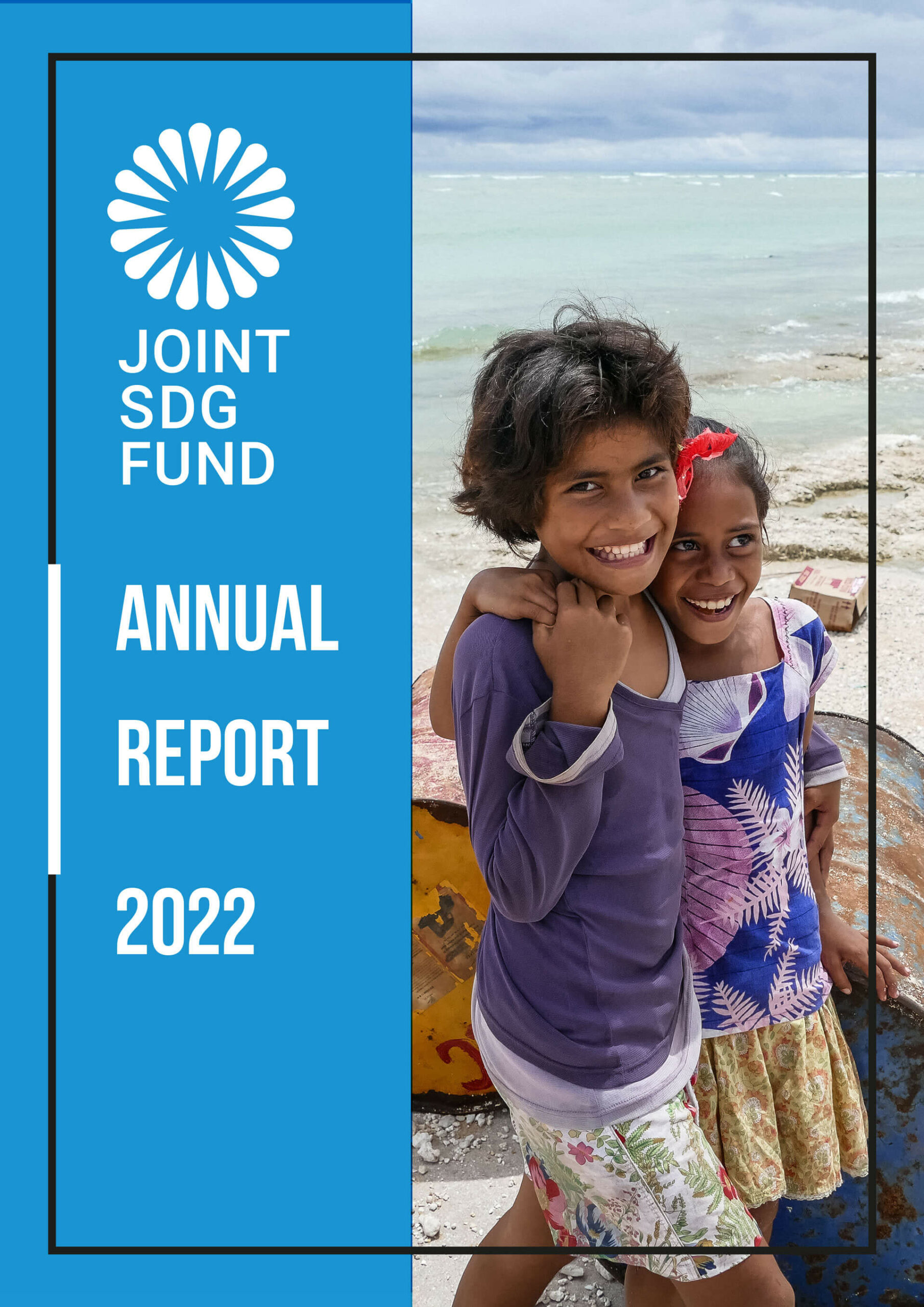In the context of the evolving market for medical services with a focus on innovation, the advent of new medicines, technological advancements, and an ageing population, the healthcare sector is concentrating its efforts on improving and expanding the use of result-oriented budgeting methods. These methods aim to ensure sustainable financing of services and the achievement of the Sustainable Development Goals (SDGs).
Financial planning for SDG implementation will be more successful if governments approach the 2030 Agenda holistically and utilise disaggregated data (by gender, age, disability, and place of residence) as much as possible in planning, monitoring, and evaluating investments. It is also crucial to adopt a gender-responsive approach when tracking spending.
This is particularly significant for healthcare systems, as reflected in the indicators of SDG 3, but it is also critical for the implementation of other SDGs. Given the prevalence of state financing in healthcare systems, improving the efficiency of public finance management through result-based budgeting approaches is especially relevant for the Republic of Belarus.
In Belarus, UNFPA, through the joint programme "Promoting New Tools of Sustainable Development Budgeting that Prioritise Vulnerable Populations in Belarus" by the UN Joint SDG Fund, has played a leading role in changing budgeting practices at local and national levels from 2020 to 2022. The joint programme utilised extensive research and analytical work on performance-based budgeting in the healthcare financing system to achieve this. One such outcome has been strengthened capacity-building of healthcare facilities management by identifying their needs in result-based budgeting.
An initial survey involving 97 medical organisations in Belarus revealed the need to enhance the capacity of healthcare managers and economists in implementing specific strategic areas of reform, such as measuring costs and revenues on a diagnosis-related group (DRG) basis. Proposed improvements in financing practices received positive feedback, leading to the implementation of a capacity-building program for healthcare managers and the integration of performance-based budgeting into a continuous healthcare training program. This ensured the sustainability of results and formed the basis for an experiment on financing inpatient medical care in the Grodno region.
Furthermore, comprehensive analysis supported the introduction of a budget expenditure planning system based on expenditure standards per patient in inpatient settings by DRG. This analysis included a comparative study of model budgets and actual budget funds used by healthcare organisations in the Grodno region. As a result, the Ministry of Health is continuing its pilot according to Resolution No. 146 of the Council of Ministers of the Republic of Belarus, dated 23 February 2023.
The implementation of the DRG model as a result-based budgeting method enabled the justification of needs and reallocation of funds totalling well over US$ 800,000 to cover the costs of inpatient medical care for state healthcare providers in the Grodno region in 2023. The establishment of a basic standard cost per patient for inpatient care improved the financing of the Grodno region, with the minimum standard for budgetary provision of healthcare costs per inhabitant increasing from US$ 238.6 in 2022. to US$ 312.2 in 2023. This also contributed to improving citizens' financial protection in healthcare nationwide, with the minimum standard for budget provision of healthcare costs per inhabitant in Belarus rising from US$ 351.5 in 2022 to US$ 408.7 in 2023.
These ongoing and supported reforms serve as a prime example of joint efforts and resource mobilisation for SDG 17. UNFPA's expertise has enabled the country to achieve sustainable health outcomes and allocate financial resources for social and medical care services to its population amid geopolitical, epidemiological, and economic challenges. For instance, Belarus has a higher life expectancy of 72.4 years compared to neighbouring Russia (69.4 years) and Ukraine (69.6 years). The government's allocation of nearly 20 per cent of expenditures to health ensures a Universal Health Coverage (UHC) Service Coverage Index of 79 in 2021, similar to Estonia's and surpassing those of Lithuania and Latvia.
Sources
Law of the Republic of Belarus No.142-3 on the republican budget for the year 2022. Exchange rate of the National Bank of the Republic of Belarus as of 1 January 2022.
Law of the Republic of Belarus No.231-3 on the republican budget for the year 2023. Exchange rate of the National Bank of the Republic of Belarus as of 1 January 2023.
The World Bank, World Bank Open Data.
Bulletin on the execution of the consolidated and republican budget, 2021. Ministry of Finance of the Republic of Belarus.
World Health Organization, The Global Health Observatory. (2021) UHC Service Coverage Index (SDG 3.8.1).
Originally published by United Nations publication issued by the Economic Commission for Europe
Note:
All joint programs of the Joint SDG Fund are led by UN Resident Coordinators and implemented by the agencies, funds and programmes of the United Nations development system. With sincere appreciation for the contributions from the European Union and Governments of Belgium, Denmark, Germany, Ireland, Italy, Luxembourg, Monaco, The Netherlands, Norway, Portugal, Republic of Korea, Saudi Arabia, Spain, Sweden, Switzerland and our private sector funding partners, for a transformative movement towards achieving the SDGs by 2030.



















